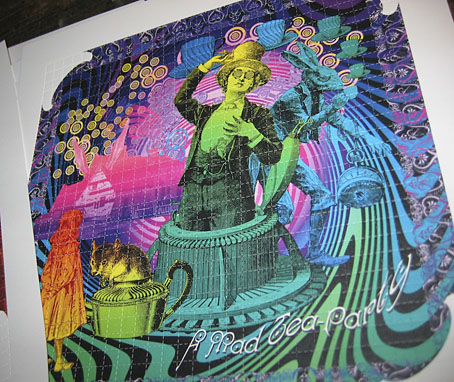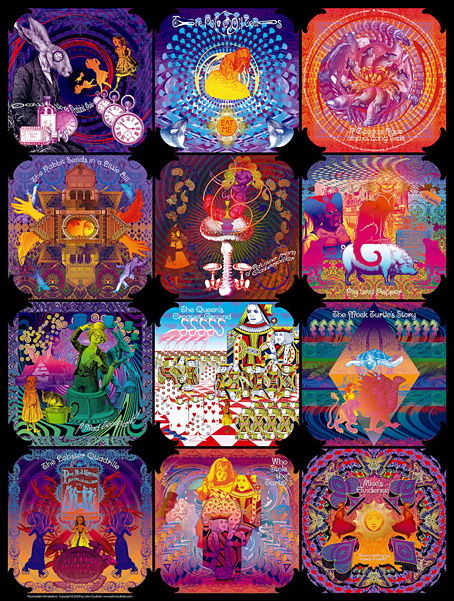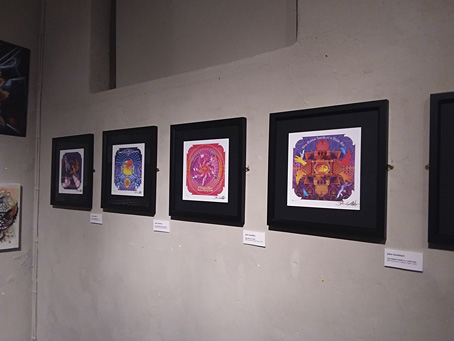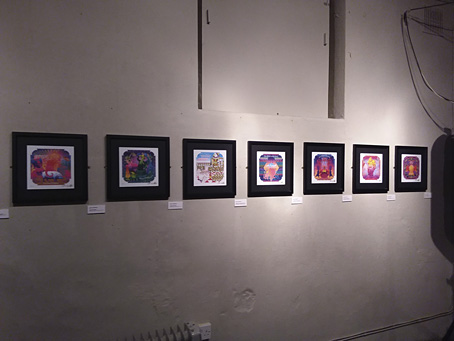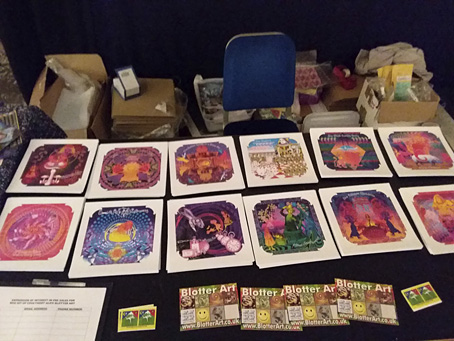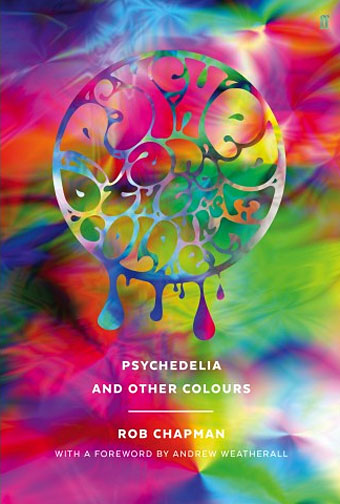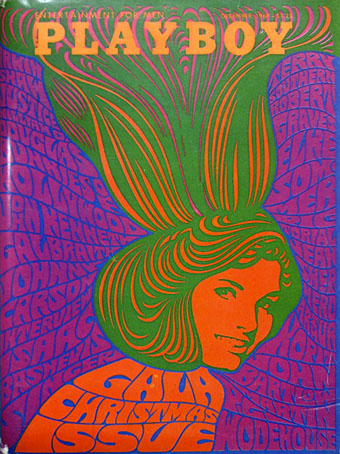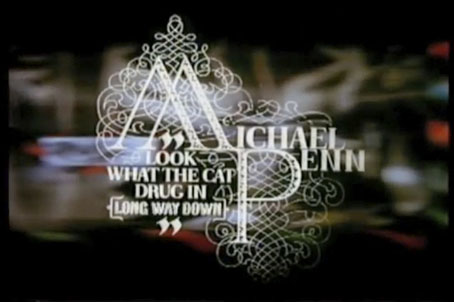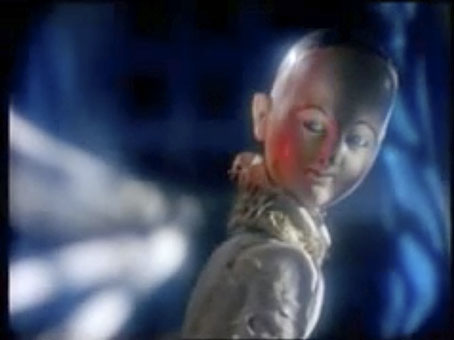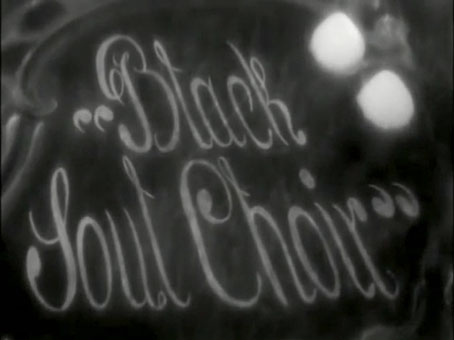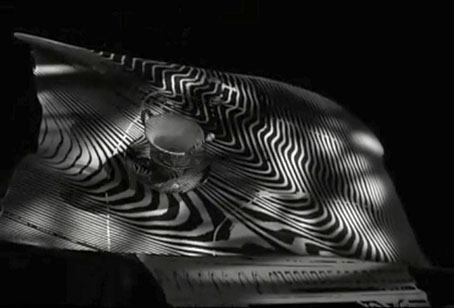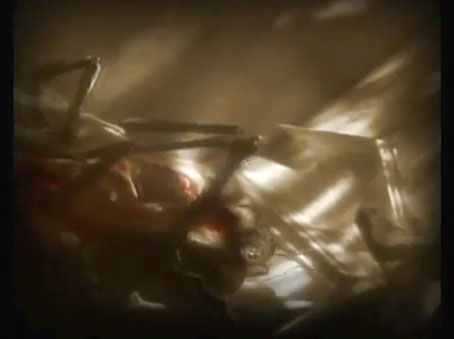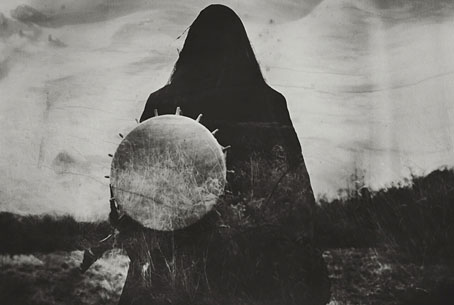A few snapshots of the exhibits from Wednesday’s sold-out event at the Horse Hospital, Bloomsbury, London. As noted here before, the impetus for the event was Paul Guest’s printing of my series of psychedelic Alice pictures (above) as blotter prints, sheets of blotting paper having been a common medium for the delivery of LSD doses in the late 60s and 1970s. Since my pictures are relatively small and only filled out one of the walls the rest of the exhibition space was filled with Alice art of a similar tone. The opposite wall also featured a variety of fascinating period artefacts from The Psychedelic Museum, including a few original (and rare) blotter sheets. My time was taken up preparing for the discussion so I wasn’t as diligent as I usually try to be in documenting all the artists involved.
The discussion itself went really well. The audience was receptive and small enough to be easily communicable, while the talk never strayed too far from the subject at hand. My thanks to my fellow participants—Nikki Wyrd, Jake Fior, Sophia Satchell-Baeza and Andy Roberts—and huge thanks to Vyvy and John and the rest of the Horse Hospital staff for making the event run so smoothly.
The exhibition continues through to Saturday (Feb. 4th), noon to 6pm; entry is free. My blotter prints will remain on sale at the exhibition, and they can also be ordered from Paul at Blotterart.biz, either as single prints or a collected set of 12. For serious collectors the set of 12 will be available as a boxed edition of signed and numbered prints (limited to 100 sets) with a lid design adapted from my 2010 Alice calendar. I should note that the print quality is excellent, and web reproduction doesn’t do justice to the colour or the detail.
